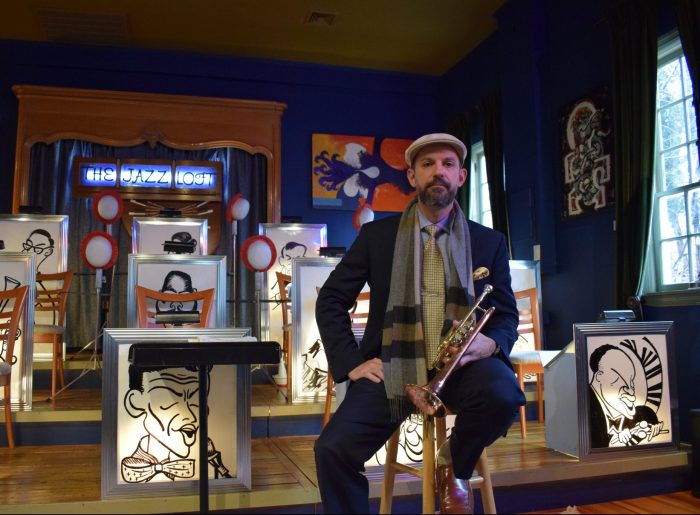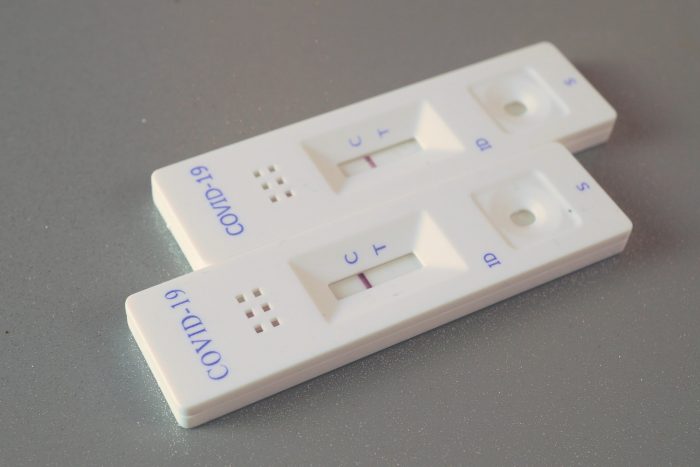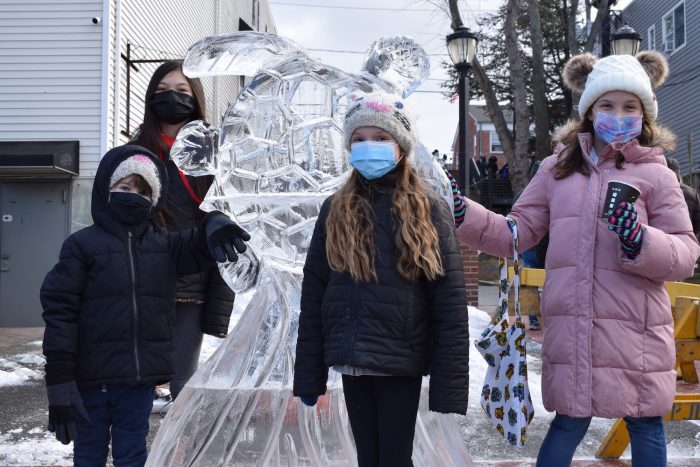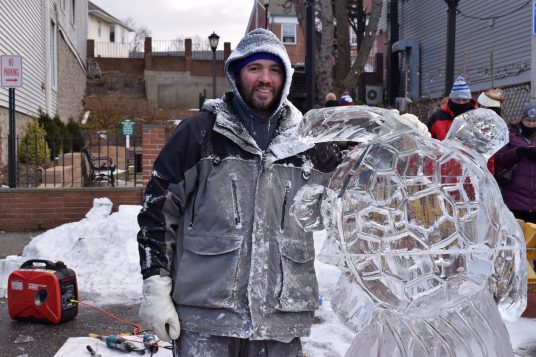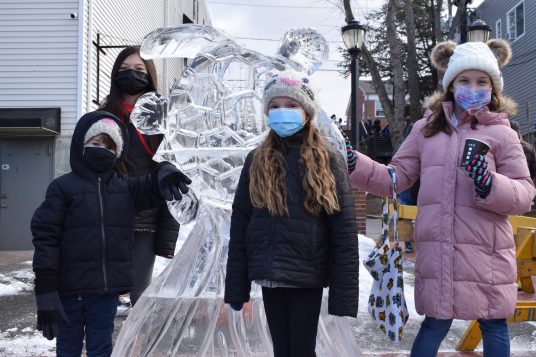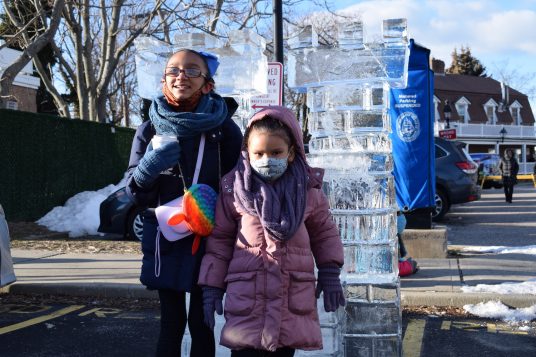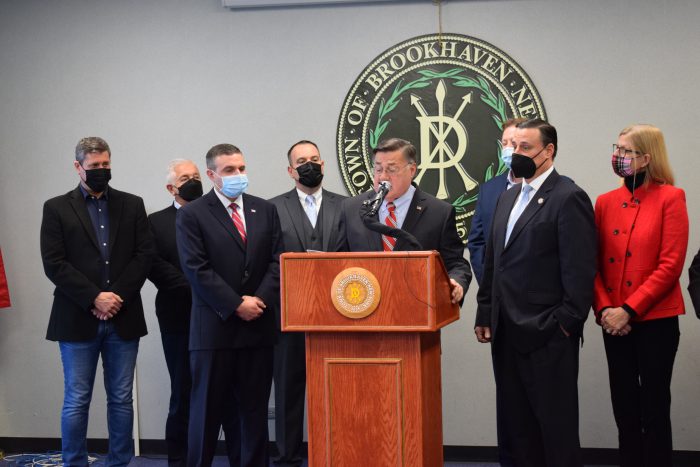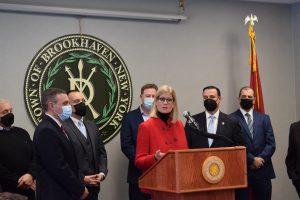The following incidents have been reported by the Suffolk County Police:
Centereach
■ Harbor Freight on Middle Country Road in Centereach reported the theft of two Predator 1400 generators from the store on Feb. 1. The value of the items was $450 each.
Commack
■ A resident on Huntsman Lane in Commack reported that a catalytic converter was stolen from a 2004 Honda on Feb. 2.
■ A resident on Atlas Way in Commack reported that his car was broken into on Feb. 1 and a ski jacket, ski goggles and speakers were stolen. The value of the items was approximately $850.
■ A resident on Tamarack Street in Commack called police on Feb. 1 to report that his 2020 Acura MDX valued at approximately $40,000 was stolen from the driveway.
■ Three men entered Home Depot on Crooked Hill Road in Commack on Feb. 3 and allegedly stole spools of yellow Rolex wire and white Rolex wire valued at approximately $2350.
■ A resident on Tamarack Street in Commack reported that his 2019 Acura ILX was stolen from his property on Feb. 1. The vehicle was valued at $30,000.
■ A resident on Buhl Lane in Commack reported that a pocketbook was stolen from an unlocked vehicle parked in front of their home on Feb. 1. An unidentified man was seen running away from the driveway.
■ Ulta Beauty on Veterans Highway in Commack reported a shoplifter on Feb. 4. A man allegedly stole women’s perfume valued at approximately $1200.
■ A woman shopping at Shoprite on Garet Place in Commack reported that a man allegedly stole a wallet out of her purse on Jan. 31.
■ A resident on Essex Place in Commack called police on Feb. 2 to report that someone had stolen both license plates off of his car.
■ Walmart on Crooked Hill Road in Commack reported a shoplifter on Jan. 31. A man allegedly stole a Nintendo Switch and a set of earbuds. The total value of the items was $550.
■ Home Depot on Jericho Turnpike in Commack reported that a man allegedly stole approximately $945 worth of electrical wire on Feb. 4.
Dix Hills
■ A resident on Wildwood Drive in Dix Hills reported that various items including clothing and toys were stolen from an unlocked vehicle on Feb. 1.
■ A resident on Truxton Road in Dix Hills called police on Jan. 28 to report a wallet stolen from an unlocked vehicle on their property.
Elwood
■ Suffolk County Police Major Case Unit detectives are investigating a robbery that occurred at an Elwood bank on Feb. 4. A man entered TD Bank, located at 1941 Jericho Turnpike, at approximately 3:55 p.m., and verbally demanded money from the teller. The teller complied and the man fled the bank on foot. The man was described as white, wearing a knit cap, dark jacket, light pants and a face covering.
Greenlawn
■ A resident on Jamaica Avenue in Greenlawn called police on Feb. 2 to report that a catalytic converter had been stolen from his 2005 Honda Accord.
Huntington Station
■ Macy’s at the Walt Whitman Mall in Huntington Station called police on Feb. 2 to report that a man allegedly stole a necklace valued at approximately $4100.
■ Management at Walt Whitman Mall reported a man allegedly stole a Caterpillar Skid Steer from the parking lot in the back of the mall on Jan. 31. The loader was valued at approximately $60,000.
■ Target on East Jericho Turnpike in Huntington Station called police on Jan. 31 to report that a man allegedly stole two KitchenAid stand mixers valued at approximately $860.
■ Home Depot on New York Ave. in Huntington Station reported a petit larceny on Jan. 29. Two men allegedly stole $965 worth of electrical wire.
Port Jefferson Station
■ Two snowblowers were stolen from the back of a truck parked on South Columbia Street in Port Jefferson Station on Jan. 31. Total value of the items was $600.
■ A petit larceny was reported at Markay’s Wine & Liquor on Nesconset Highway in Port Jefferson Station on Feb. 3. A man allegedly stole a bottle of whiskey valued at $35.
Selden
■ Bob’s Stores on Middle Country Road in Selden called police to report a shoplifter on Feb. 4. A man allegedly loaded a shopping cart with items of clothing, stuffed the items into a backpack in a dressing room and walked out of the store. The value of the items was approximately $250.
St. James
■ A resident on Northern Blvd. in St. James reported the theft of tools from his property on Jan. 30. Assorted tools, including a screw gun, drills, and a sawzall were taken with a value of approximately $2500.
Smithtown
■ Two pair of sunglasses valued at $400 were stolen from an unlocked vehicle parked on Hallock Avenue in Smithtown on Jan. 31.
West Hills
■ A resident on Sparrow Lane in West Hills reported that a car pulled up in front of their home at approximately 3:30 p.m. on Feb. 2 and the driver stole assorted mail from their mailbox. A resident on Sheridan Street in West Hills called police at 3:45 p.m. on Feb. 2 to report the same crime.
Suffolk County Crime Stoppers offers a cash reward for information that leads to an arrest. Anyone with information about these incidents can contact Suffolk County Crime Stoppers to submit an anonymous tip by calling 1-800-220-TIPS.
— Compiled by HEIDI SUTTON
























































































